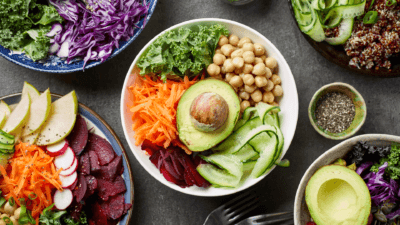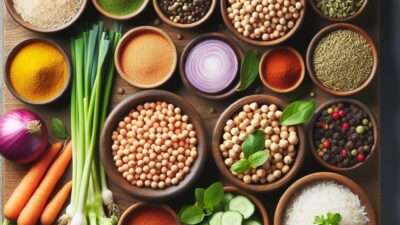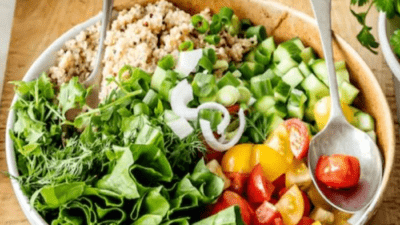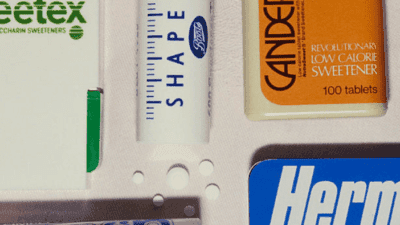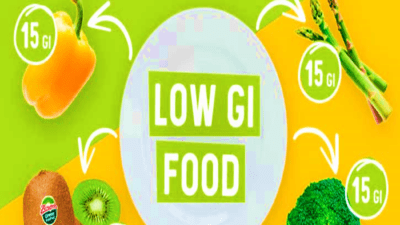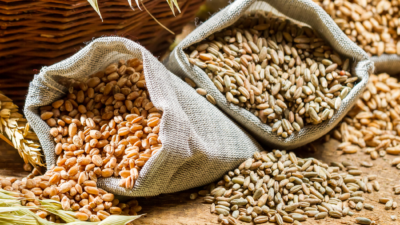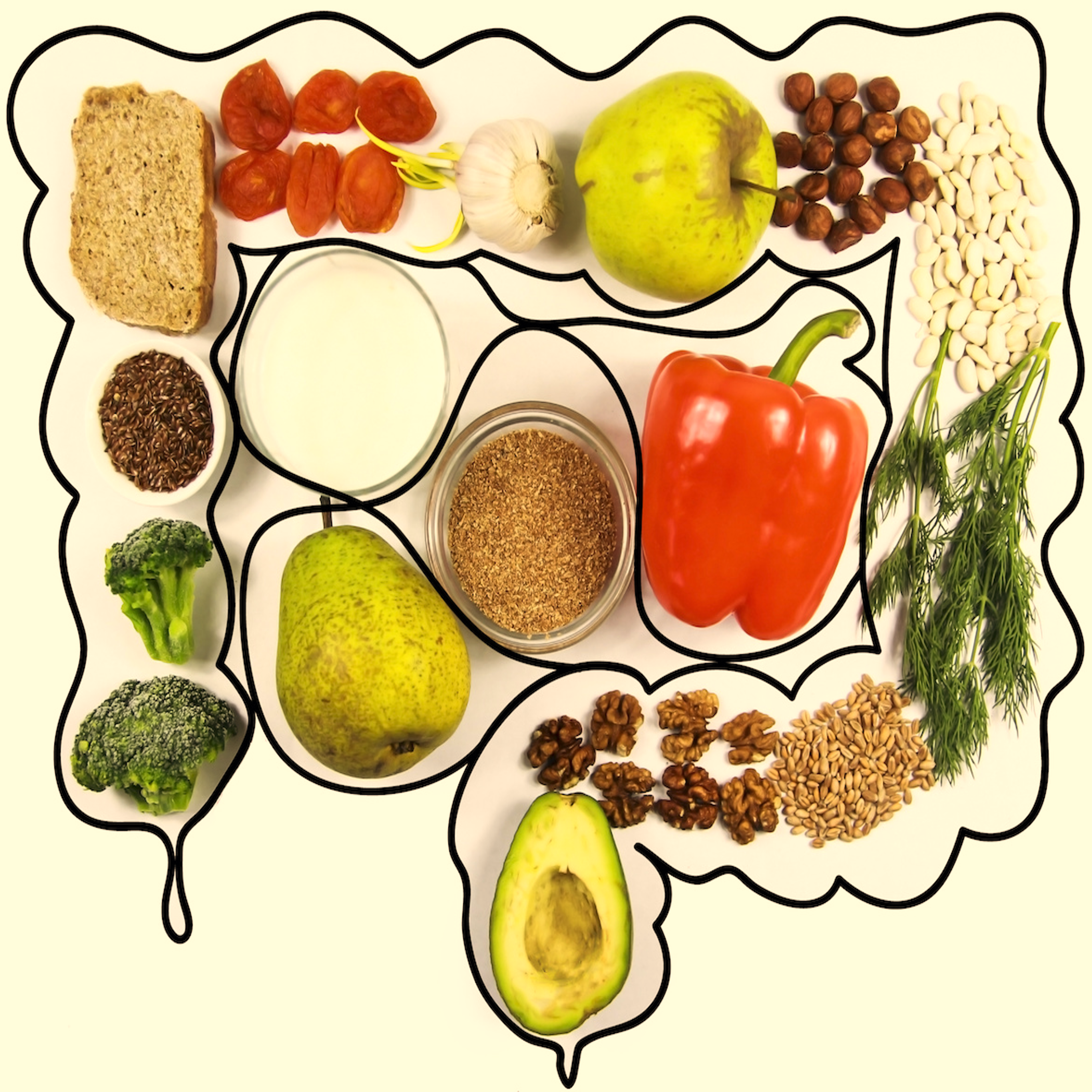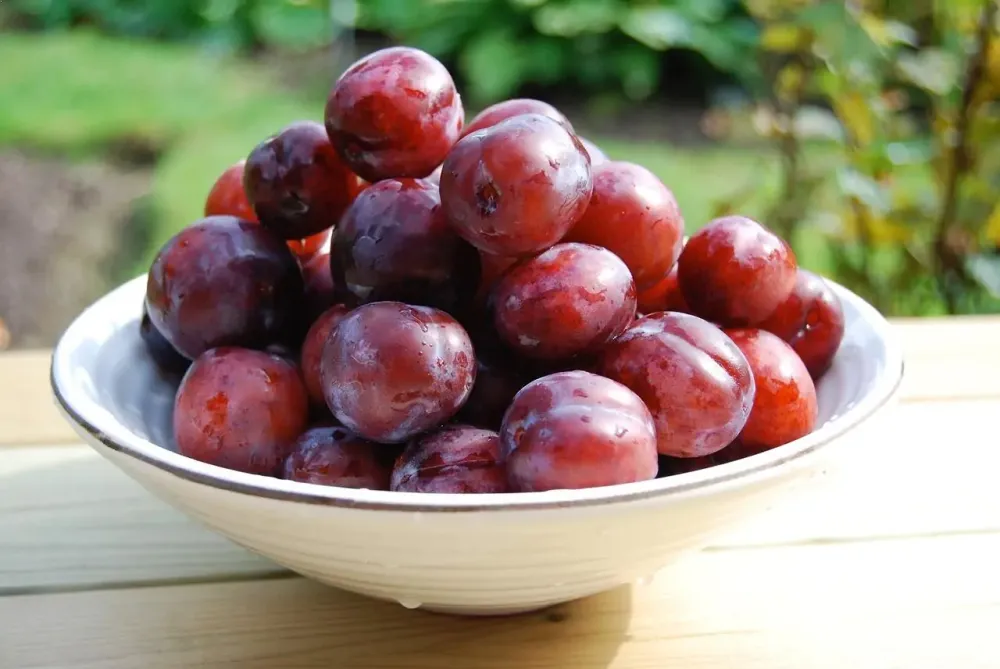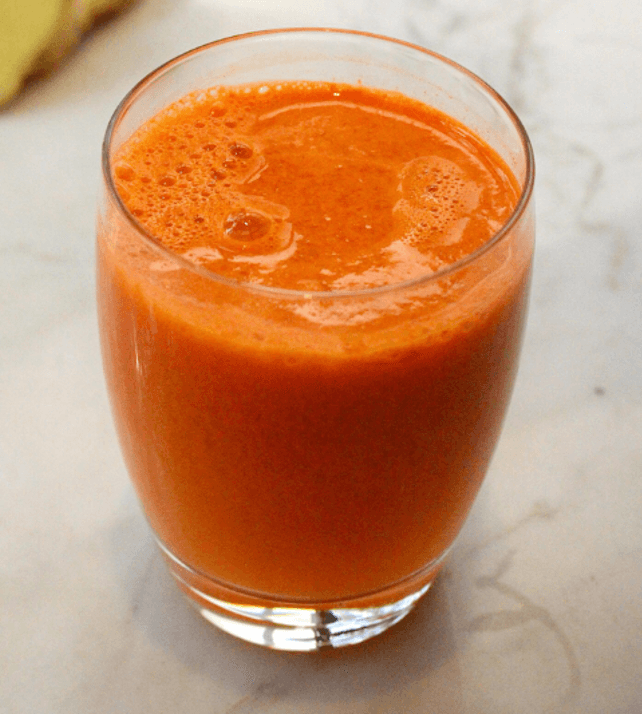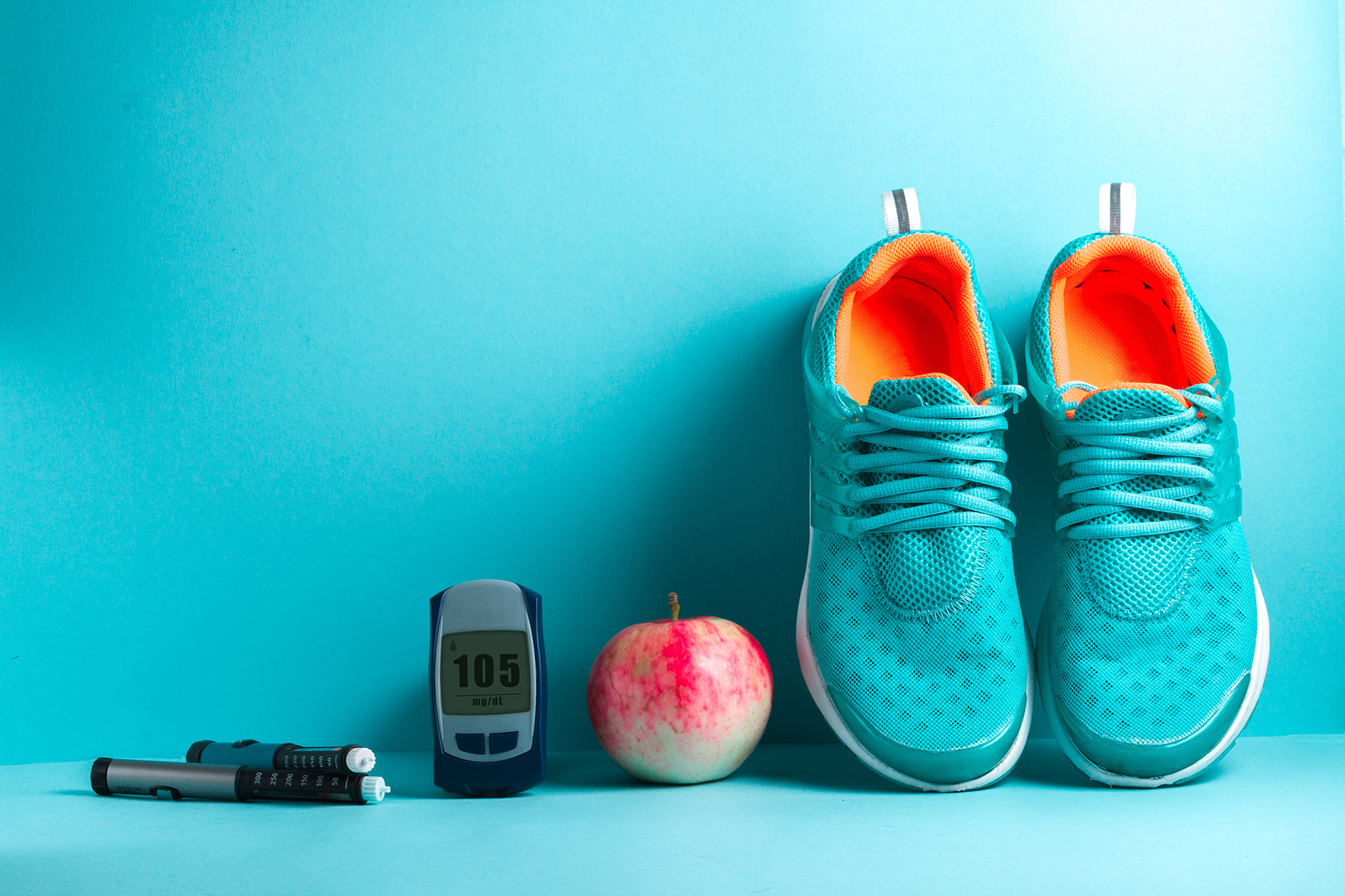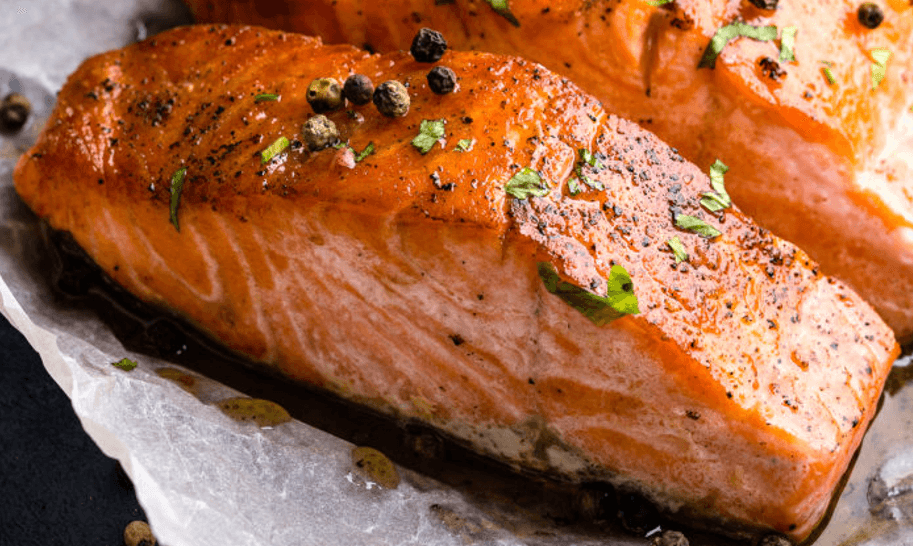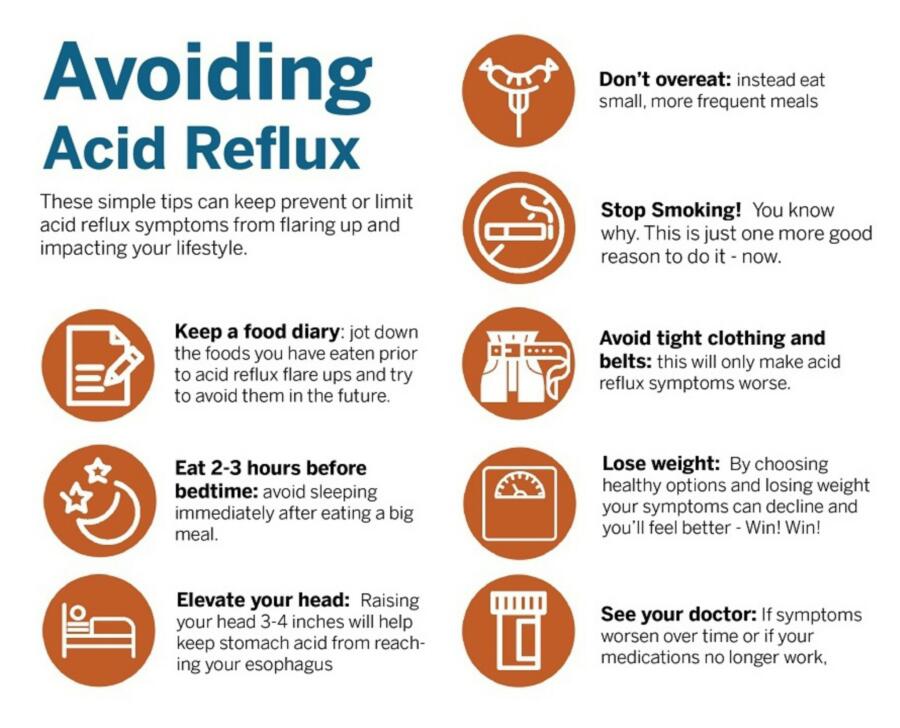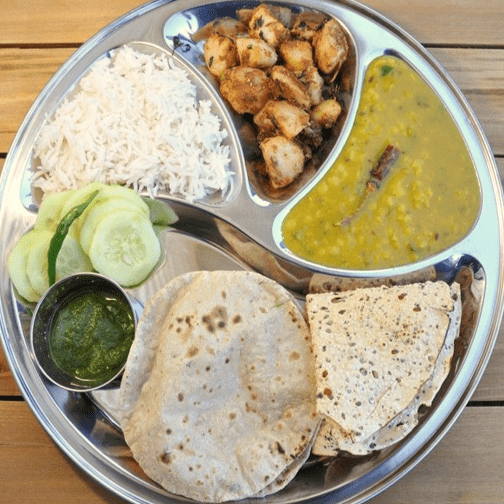Living with diabetes requires careful attention to diet, and for many, an Indian vegetarian diet offers a rich, diverse, and inherently healthful approach to managing blood sugar. This comprehensive guide will walk you through creating an effective Indian vegetarian diet plan for diabetes, offering practical, culturally relevant advice to help you maintain stable glucose levels while enjoying delicious, traditional meals. We understand that navigating dietary changes can feel overwhelming, especially when balancing family life, but with the right strategies, a diabetes-friendly diet can be both sustainable and satisfying.

Understanding Diabetes and the Power of Diet
Diabetes, a chronic condition characterized by high blood sugar levels, is increasingly prevalent globally, including within the Indian community. While genetics and lifestyle play significant roles, diet is arguably the most powerful tool for managing and even preventing type 2 diabetes. The food we consume directly impacts our blood glucose, making informed dietary choices critical for maintaining good health and preventing complications.
The Role of Diet in Blood Sugar Management
Every bite we take influences our blood sugar. Carbohydrates, in particular, break down into glucose, which then enters the bloodstream. For individuals with diabetes, the body either doesn’t produce enough insulin or can’t effectively use the insulin it produces, leading to elevated blood sugar. A well-structured diet helps by controlling the type and amount of carbohydrates, ensuring a steady release of glucose, and supporting the body’s insulin response. It’s not just about cutting out sugar; it’s about choosing nutrient-dense foods that support overall metabolic health.
Benefits of a Vegetarian Diet for Diabetes Management
An Indian vegetarian diet plan for diabetes is uniquely suited for managing this condition due to its inherent strengths. Vegetarian diets are naturally rich in fiber from whole grains, legumes, fruits, and vegetables, which is crucial for slowing down sugar absorption and improving insulin sensitivity. They also typically contain lower levels of saturated fats compared to diets rich in red meat, further supporting cardiovascular health, which is vital for people with diabetes. Moreover, the emphasis on plant-based proteins found in lentils, beans, and dairy provides sustained energy and helps prevent blood sugar spikes.
Key Principles of an Indian Vegetarian Diabetes Diet
Building an effective Indian vegetarian diet plan for diabetes requires understanding a few core principles that guide food choices and preparation. These principles focus on balancing macronutrients, prioritizing whole foods, and managing portion sizes to optimize blood sugar control and overall well-being. By adhering to these guidelines, you can transform traditional Indian cuisine into a powerful ally against diabetes.
Emphasizing Complex Carbohydrates
Complex carbohydrates are your body’s preferred energy source, and unlike simple carbohydrates, they are digested slowly, preventing rapid spikes in blood sugar. Incorporating whole grains like jowar, bajra, ragi, and brown rice into your daily meals instead of refined grains is a cornerstone of an effective Indian vegetarian diet plan for diabetes. These grains provide sustained energy and a wealth of fiber, which helps regulate digestion and improve satiety. Remember, it’s not about eliminating carbs, but choosing the right kind.
Protein Power: Lentils, Legumes, and Dairy
Protein plays a vital role in diabetes management by promoting satiety, supporting muscle health, and slowing down carbohydrate absorption. In an Indian vegetarian diet, lentils (daal), chickpeas (chana), kidney beans (rajma), and other legumes are excellent protein sources. Low-fat dairy products like yogurt (dahi) and paneer also contribute essential protein and calcium. Ensuring each meal includes a good source of protein is fundamental to balancing blood sugar and keeping you feeling full longer. You can explore more about healthy eating for a diabetes-friendly Indian diet to discover more protein-rich options.
Healthy Fats: Moderate Use and Good Sources
While often demonized, healthy fats are essential for nutrient absorption, hormone production, and cellular health. For individuals managing diabetes, the focus should be on incorporating monounsaturated and polyunsaturated fats in moderation, while limiting saturated and trans fats. Sources like nuts, seeds, avocados, and small amounts of ghee or cold-pressed oils (e.g., mustard oil, groundnut oil, olive oil) are beneficial. These fats help improve heart health, which is particularly important for people with diabetes who are at a higher risk of cardiovascular complications.
Fiber-Rich Foods: Fruits, Vegetables, and Whole Grains
Fiber is a superstar nutrient for diabetes management, and an Indian vegetarian diet is inherently rich in it. Soluble fiber, found in oats, beans, and certain fruits, helps lower cholesterol and glucose levels, while insoluble fiber adds bulk to your diet and aids digestion. Filling half your plate with non-starchy vegetables at every meal, choosing whole fruits over juices, and opting for whole grains significantly increases your fiber intake, leading to better blood sugar control and improved gut health.
Portion Control and Mindful Eating
Even the healthiest foods can impact blood sugar if consumed in excess. Portion control is a crucial aspect of any Indian vegetarian diet plan for diabetes. Paying attention to serving sizes and eating mindfully—savoring your food, eating slowly, and listening to your body’s hunger and fullness cues—can prevent overeating and help maintain stable glucose levels. Mindful eating also enhances your appreciation for food and transforms your eating experience into a more conscious and enjoyable one.
Foods to Embrace for Blood Sugar Control
An effective Indian vegetarian diet plan for diabetes doesn’t mean sacrificing flavor or variety. In fact, many traditional Indian ingredients are perfectly suited for diabetes management. By focusing on whole, unprocessed foods, you can create delicious and nutritious meals that help keep your blood sugar in check. Let’s explore some of the best foods to include in your diet.
Whole Grains: Millets (Ragi, Jowar, Bajra), Brown Rice, Whole Wheat
Move beyond refined flour and white rice by embracing a diverse range of whole grains. Millets like ragi (finger millet), jowar (sorghum), and bajra (pearl millet) are ancient grains with low glycemic indices, making them excellent choices for chapatis, rotis, or as a base for meals. Brown rice is another fantastic option, offering more fiber and nutrients than its white counterpart. Whole wheat flour can still be used, but consider blending it with millet flours to boost nutritional value and slow down sugar absorption. These grains are vital components of an Indian vegetarian diet plan for diabetes.
- **Millets:** Ragi, jowar, and bajra are low GI, high in fiber, and perfect for rotis or porridge.
- **Brown Rice:** A healthier alternative to white rice, providing more fiber and sustained energy.
- **Whole Wheat:** Can be used, but consider mixing with millet flours for enhanced benefits.
Lentils & Legumes: Daal, Chana, Rajma, Moong
Lentils and legumes are the backbone of Indian vegetarian cuisine and are powerhouse ingredients for diabetes management. They are packed with plant-based protein and dietary fiber, which help regulate blood sugar, promote satiety, and support digestive health. Incorporate a variety of daals (like moong, masoor, arhar), chana (chickpeas), and rajma (kidney beans) into your daily meals through curries, sprouts, or salads. These nutrient-dense foods are essential for a balanced Indian vegetarian diet plan for diabetes.
- **Daal Varieties:** Moong, masoor, arhar provide protein and fiber.
- **Chickpeas (Chana):** Versatile in curries, salads, and snacks.
- **Kidney Beans (Rajma):** A great source of protein and complex carbs.
Non-Starchy Vegetables: Greens, Gourd, Okra, Bell Peppers
Vegetables should form the largest portion of your plate due to their low calorie content, high fiber, and abundance of vitamins and minerals. Focus on non-starchy options such as leafy greens (spinach, fenugreek leaves), gourds (bottle gourd, bitter gourd), okra (bhindi), bell peppers, broccoli, and cabbage. These vegetables have minimal impact on blood sugar and provide essential nutrients. Incorporate them into sabzis, stir-fries, and soups to add volume and nutrition to your meals.
- **Leafy Greens:** Spinach, fenugreek, kale are nutrient-dense.
- **Gourds:** Bottle gourd, bitter gourd (karela) are known for their health benefits.
- **Cruciferous Veggies:** Broccoli, cauliflower, cabbage for fiber and antioxidants.
Low Glycemic Index Fruits: Berries, Apples, Pears
While fruits contain natural sugars, choosing low glycemic index (GI) options allows you to enjoy their nutritional benefits without significant blood sugar spikes. Berries (strawberries, blueberries), apples, pears, oranges, and guava are excellent choices. Consume fruits whole rather than juiced to retain their fiber content, which helps moderate sugar absorption. Enjoy them as a mid-morning snack or a healthy dessert. This is a critical element of any Indian vegetarian diet plan for diabetes.
- **Berries:** Low in sugar, high in antioxidants and fiber.
- **Apples & Pears:** Good source of fiber, helps slow sugar release.
- **Citrus Fruits:** Oranges, grapefruit provide Vitamin C and fiber.
Low-Fat Dairy & Alternatives: Yogurt, Paneer, Fortified Plant Milks
Low-fat dairy products can be a part of an Indian vegetarian diet plan for diabetes, offering protein and calcium. Opt for low-fat dahi (yogurt) and paneer (Indian cheese) in moderation. If you’re lactose intolerant or prefer plant-based options, fortified unsweetened plant milks like almond milk or soy milk are good alternatives. These options provide protein and calcium without the added sugars or saturated fats often found in full-fat dairy or sweetened plant milk varieties. For strategies on maintaining a healthy diet, you might also find The Diabetes Diet: Simple Strategies for Success a useful resource.
- **Low-Fat Yogurt:** Excellent for gut health and protein.
- **Paneer:** A good source of vegetarian protein, use in moderation.
- **Plant Milks:** Unsweetened almond or soy milk as dairy alternatives.
Nuts & Seeds: Almonds, Walnuts, Chia, Flax
Nuts and seeds are small but mighty, packed with healthy fats, fiber, and protein. Almonds, walnuts, chia seeds, and flax seeds are particularly beneficial for diabetes management. They help improve satiety, reduce cholesterol, and provide essential micronutrients. Consume them in moderation as snacks or add them to your meals for an extra boost of nutrition. A small handful of nuts or a tablespoon of seeds can make a significant difference in your daily intake.
- **Almonds & Walnuts:** Healthy fats, fiber, and protein for satiety.
- **Chia & Flax Seeds:** Rich in omega-3 fatty acids and soluble fiber.
Herbs & Spices: Turmeric, Fenugreek, Cinnamon
Indian cuisine is renowned for its aromatic herbs and spices, many of which have medicinal properties beneficial for diabetes. Turmeric, with its active compound curcumin, has anti-inflammatory properties and may improve insulin sensitivity. Fenugreek seeds (methi dana) are well-known for their potential to lower blood sugar levels. Cinnamon has also been studied for its ability to improve glucose metabolism. Incorporating these spices generously into your cooking not only adds flavor but also contributes to your diabetes management efforts, making your Indian vegetarian diet plan for diabetes more effective and enjoyable.
- **Turmeric:** Anti-inflammatory, may improve insulin sensitivity.
- **Fenugreek:** Known to help lower blood sugar levels.
- **Cinnamon:** May improve glucose metabolism and flavor.
Foods to Limit or Avoid
While focusing on what to eat is important, understanding which foods to limit or avoid is equally crucial for an effective Indian vegetarian diet plan for diabetes. These foods can cause rapid blood sugar spikes, contribute to weight gain, and hinder your overall diabetes management efforts. Making informed choices here can significantly impact your health outcomes.
Refined Carbohydrates: White Rice, Maida Products, Sugary Drinks
Refined carbohydrates, found in white rice, maida-based products like white bread and naan, and sugary beverages, are quickly broken down into glucose, leading to sharp increases in blood sugar. These foods offer little fiber or nutritional value and should be severely limited or avoided. Opt for whole grain alternatives whenever possible to ensure sustained energy and better glycemic control. This shift is one of the most impactful changes you can make to your Indian vegetarian diet plan for diabetes.
High-Sugar Foods: Sweets, Desserts, Processed Snacks
Traditional Indian sweets (mithai) and desserts are often laden with sugar, which can drastically elevate blood glucose levels. Similarly, many processed snacks, candies, and baked goods contain hidden sugars and unhealthy fats. These items should be consumed very rarely, if at all. Instead, satisfy your sweet cravings with fresh, low-GI fruits or homemade desserts made with natural sweeteners in moderation. Managing your diabetes during festivals and fasts can be particularly challenging, so make sure to check out this guide for specific strategies.
Unhealthy Fats: Deep-Fried Foods, Excessive Butter/Ghee
Foods deep-fried in unhealthy oils, as well as excessive use of butter and ghee, contribute to saturated and trans fat intake. These fats can increase cholesterol levels, worsen insulin resistance, and raise the risk of heart disease—a common complication of diabetes. Opt for cooking methods like baking, grilling, steaming, or sautéing with minimal healthy oils. While small amounts of ghee can be beneficial, moderation is key. Reducing unhealthy fats is a critical step in a diabetes-friendly diet.
Processed Foods: Packaged Meals, Instant Mixes
Packaged meals, instant mixes, and highly processed foods are often high in unhealthy fats, sodium, sugar, and artificial additives. These ingredients can negatively impact blood sugar control and overall health. Prioritize fresh, whole ingredients and cook meals from scratch whenever possible. Reading food labels carefully to identify hidden sugars and unhealthy additives is also essential for anyone following an Indian vegetarian diet plan for diabetes.
Sample Indian Vegetarian Diabetes Meal Plan (Daily Example)
To put these principles into practice, here’s a sample daily meal plan that demonstrates how to incorporate healthy, diabetes-friendly choices into an Indian vegetarian diet. Remember, this is a general guideline, and individual needs may vary. Always consult with a healthcare professional or registered dietitian to tailor a plan specifically for you.
Morning (Pre-Breakfast)
Start your day with something light and beneficial to kickstart your metabolism and gently prepare your body for breakfast. A glass of lukewarm water infused with a few fenugreek seeds (soaked overnight) is an excellent choice, as fenugreek is known for its blood sugar-lowering properties. Alternatively, you could have a small handful of soaked almonds, which provide healthy fats and protein without spiking glucose levels. This simple morning ritual can set a positive tone for your entire day’s eating.
- **Fenugreek Water:** Soaked fenugreek seeds in water to aid blood sugar.
- **Soaked Almonds:** A small handful provides healthy fats and protein.
Breakfast
Breakfast is arguably the most crucial meal for individuals managing diabetes, as it sets the tone for your blood sugar levels throughout the day. Opt for options rich in complex carbohydrates and protein. A bowl of vegetable poha or upma made with millets or broken wheat (dalia) is a great choice, ensuring it’s packed with non-starchy vegetables. Alternatively, a couple of ragi or whole wheat rotis with a side of mixed vegetable sabzi and a bowl of plain low-fat yogurt provides a balanced start. You can learn more about the critical role of breakfast in managing type 2 diabetes for Indian diets.
- **Millet Poha/Upma:** Made with plenty of vegetables for fiber.
- **Ragi/Whole Wheat Roti:** Served with a protein-rich mixed vegetable sabzi and dahi.
Mid-morning Snack
A mid-morning snack can help stabilize blood sugar between breakfast and lunch, preventing overeating at your next meal. Choose something light, fiber-rich, and low-GI. A piece of whole fruit like an apple or pear, a small bowl of mixed berries, or a handful of roasted chana (chickpeas) are excellent options. These snacks provide nutrients and sustained energy without causing a spike. Ensure these choices are unsweetened and unprocessed.
- **Whole Fruit:** Apple, pear, or a small bowl of berries.
- **Roasted Chana:** A protein and fiber-rich snack.
Lunch
Lunch should be a balanced meal, combining complex carbohydrates, protein, and plenty of vegetables. A typical Indian vegetarian diet plan for diabetes might include two small jowar or bajra rotis with a serving of a mixed vegetable sabzi (e.g., spinach and paneer, or mixed gourd curry) and a generous portion of daal (lentil soup). Complement this with a fresh salad made of cucumber, tomatoes, and onions for added fiber and crunch. If you prefer rice, opt for a small portion of brown rice with the daal and sabzi.
- **Millet Rotis:** Two small jowar or bajra rotis.
- **Vegetable Sabzi:** A large serving of non-starchy vegetables.
- **Daal:** A bowl of any lentil preparation for protein.
- **Salad:** Fresh mixed vegetable salad for fiber.
Evening Snack
Similar to the mid-morning snack, an evening snack helps manage hunger and prevent overeating at dinner. Again, focus on low-GI, high-fiber options. A cup of unsweetened green tea, a handful of mixed nuts (almonds, walnuts), or a small bowl of sprouts (moong or chana sprouts) are good choices. Avoid any fried snacks or sugary biscuits that are commonly found in Indian households. Keeping these snacks small and mindful is key.
- **Green Tea:** Unsweetened, can be accompanied by a small snack.
- **Mixed Nuts:** A small handful of almonds or walnuts.
- **Sprouts Salad:** Nutrient-dense and fiber-rich.
Dinner
Dinner should be lighter than lunch and consumed at least 2-3 hours before bedtime to allow for proper digestion. An ideal Indian vegetarian diet plan for diabetes dinner might consist of a large bowl of vegetable soup with lentils, or a small serving of dalia (broken wheat) khichdi loaded with vegetables. Another option could be a couple of whole wheat or ragi rotis with a light sabzi and a serving of dahi. The goal is to provide nutrients without overloading your digestive system or causing late-night blood sugar spikes.
- **Vegetable & Lentil Soup:** Light, nutritious, and easy to digest.
- **Dalia Khichdi:** Made with plenty of vegetables and minimal oil.
- **Roti & Sabzi:** Whole wheat or ragi roti with a light, non-starchy vegetable curry.
Beyond the Plate: Lifestyle for Diabetes Management
While an Indian vegetarian diet plan for diabetes is a cornerstone of managing the condition, it’s just one piece of the puzzle. A holistic approach that integrates healthy lifestyle habits is essential for comprehensive diabetes control and overall well-being. Focusing on these non-dietary factors can significantly enhance the effectiveness of your dietary efforts and improve your quality of life.
Hydration
Staying adequately hydrated is fundamental for everyone, but particularly important for individuals with diabetes. Water helps flush out excess glucose through urine, and dehydration can sometimes lead to higher blood sugar levels. Aim to drink at least 8-10 glasses of water throughout the day. Avoid sugary drinks, fruit juices, and sodas; instead, opt for plain water, unsweetened herbal teas, or water infused with lemon or cucumber. Proper hydration supports metabolic functions and general health.
Physical Activity
Regular physical activity is a powerful tool for diabetes management. Exercise helps your body use insulin more effectively, lowers blood sugar levels, and contributes to weight management. Aim for at least 30 minutes of moderate-intensity aerobic activity most days of the week, combined with strength training two to three times per week. This could include brisk walking, cycling, yoga, dancing, or traditional Indian exercises. Consult your doctor before starting any new exercise regimen to ensure it’s safe for you.
Stress Management
Stress can significantly impact blood sugar levels by triggering the release of hormones that raise glucose. Managing stress effectively is therefore a crucial component of diabetes care. Incorporate stress-reducing activities into your daily routine such as meditation, deep breathing exercises, spending time in nature, pursuing hobbies, or connecting with loved ones. Finding healthy coping mechanisms for stress will not only benefit your blood sugar but also your mental and emotional health.
Sleep
Quality sleep is often overlooked in diabetes management but plays a vital role. Insufficient or poor-quality sleep can affect insulin sensitivity and hormone regulation, leading to higher blood sugar levels and increased cravings for unhealthy foods. Aim for 7-9 hours of restful sleep each night. Establish a consistent sleep schedule, create a relaxing bedtime routine, and ensure your sleep environment is dark, quiet, and cool. Prioritizing sleep will support your body’s ability to regulate glucose and recover.
Navigating Social Gatherings and Festivals
An Indian vegetarian diet plan for diabetes needs to be adaptable, especially when it comes to social gatherings and festivals, which are deeply woven into the cultural fabric. These occasions often involve an abundance of rich, sweet, and fried foods, presenting unique challenges for diabetes management. However, with thoughtful planning and smart strategies, you can enjoy these events without compromising your health goals.
Strategies for Eating Out
When dining out, especially at Indian restaurants, making diabetes-friendly choices is possible. Opt for tandoor-cooked items like grilled paneer or vegetable tikkas instead of fried pakoras. Choose lentil-based dishes (daal) or vegetable curries (sabzis) with less oil and cream. Ask for whole wheat rotis or plain steamed brown rice instead of naan or white rice. Don’t hesitate to ask about preparation methods and request modifications, such as less oil or sugar. Prioritize fresh salads and clear soups as starters. This proactive approach ensures you stick to your Indian vegetarian diet plan for diabetes.
- **Choose Grilled Options:** Tandoor-cooked paneer or vegetable tikkas.
- **Opt for Lentils & Veggies:** Daal and sabzis with less oil/cream.
- **Select Whole Grains:** Whole wheat rotis or brown rice.
- **Request Modifications:** Ask for less oil, sugar, or specific preparation.
Making Healthier Choices During Celebrations
Festivals are a time for joy and food, but they don’t have to derail your diabetes management. Plan ahead by making healthier versions of traditional sweets at home using natural sweeteners in moderation or reducing sugar content significantly. Focus on savory, protein-rich snacks like chana chaat or sprouts salad. Practice portion control rigorously, especially with high-calorie items. Drink plenty of water before and during meals to feel fuller, and avoid sugary beverages. Engage in active festival celebrations that involve movement. Remember, the focus is on celebrating, not overeating. For more in-depth advice on this, refer to our article on managing your diabetes during festivals and fasts.
- **Homemade Healthier Sweets:** Reduce sugar, use natural sweeteners in moderation.
- **Savory, Protein-Rich Snacks:** Chana chaat, sprout salads.
- **Strict Portion Control:** Be mindful of serving sizes.
- **Stay Hydrated:** Drink water to feel fuller and avoid sugary drinks.
Making Your Indian Vegetarian Diet Plan for Diabetes a Success
Implementing an Indian vegetarian diet plan for diabetes is a journey, not a destination. Consistency, preparation, and a proactive mindset are key to making it a sustainable and successful part of your life. By adopting certain habits and seeking professional guidance, you can effectively manage your diabetes while enjoying the rich flavors of Indian cuisine.
Meal Prepping
Meal prepping is a game-changer for maintaining a diabetes-friendly diet. Dedicate a few hours each week to plan your meals, grocery shop, and prepare components in advance. This could involve chopping vegetables, cooking a batch of daal, or preparing whole grain dough for rotis. Having healthy options readily available prevents impulsive unhealthy choices when you’re busy or tired. It removes guesswork and ensures your Indian vegetarian diet plan for diabetes stays on track.
Reading Labels
Become a savvy label reader. Packaged foods often contain hidden sugars, unhealthy fats, and excessive sodium, all detrimental to diabetes management. Pay attention to serving sizes, total carbohydrates, added sugars, fiber content, and fat types. Choose products with minimal processing and fewer ingredients. Understanding food labels empowers you to make informed decisions and select products that align with your Indian vegetarian diet plan for diabetes.
Consistency
Consistency is paramount. Occasional indulgences are inevitable, but consistent healthy eating habits are what truly make a difference in blood sugar control over time. Don’t get discouraged by minor setbacks; instead, refocus on your goals and continue making healthy choices day after day. Small, consistent steps lead to significant long-term benefits in managing your diabetes and improving your overall health.
Consulting Professionals
While this guide provides comprehensive information, it is not a substitute for personalized medical and nutritional advice. Consult with your doctor, an endocrinologist, or a registered dietitian who specializes in diabetes. They can provide a customized Indian vegetarian diet plan for diabetes, monitor your progress, adjust medications if necessary, and offer tailored strategies based on your individual health profile and cultural preferences. Their expertise is invaluable in navigating the complexities of diabetes management. For general strategies, you might find more insights in The Diabetes Diet: Simple Strategies for Success.
Embracing a Holistic Approach
Remember that diabetes management extends beyond just food. Embrace a holistic approach that includes regular physical activity, adequate sleep, stress management techniques, and consistent monitoring of your blood glucose levels. These elements work synergistically with your Indian vegetarian diet plan for diabetes to ensure optimal health outcomes. A balanced lifestyle not only helps manage diabetes but also significantly improves your quality of life.
Conclusion
Adopting an Indian vegetarian diet plan for diabetes is a powerful and culturally appropriate way to manage your blood sugar levels and improve your overall health. By focusing on whole grains, fiber-rich vegetables, lean proteins from lentils and dairy, and healthy fats, you can create a diverse and delicious eating pattern that supports your well-being. This guide has provided you with the knowledge and practical strategies to make informed food choices, navigate social situations, and incorporate essential lifestyle habits.
Empower yourself with these tools, but always remember to work closely with your healthcare team to tailor a plan that best suits your individual needs. With commitment and the right approach, an Indian vegetarian diet can be a delicious and effective pathway to living a full and healthy life with diabetes. Your journey towards better health starts with mindful choices, one meal at a time.
Try the Candor app, which lets you log meals, symptoms, and habits with your voice — and instantly generates insights based on your data. Download on the App Store / Google Play
This information is for educational purposes. Consult a registered dietitian or gastroenterologist before making significant dietary changes. These other resources could be helpful

